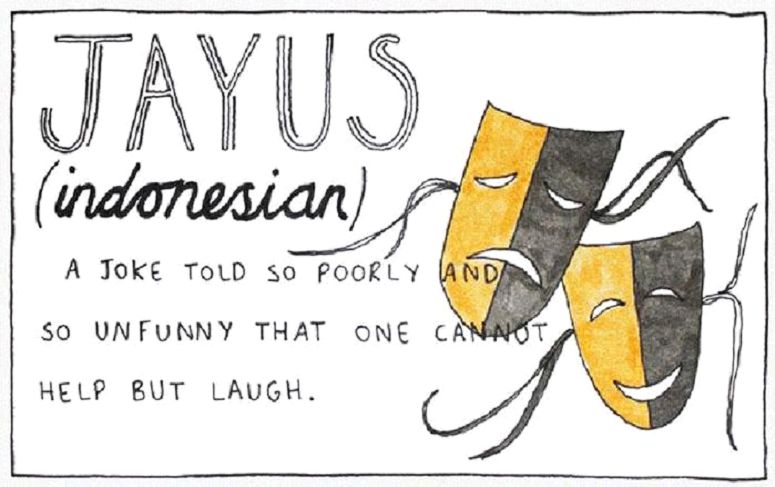By Sarah-Claire Jordan
 To say something is “untranslatable” sounds rather extreme, to be honest. If it were taken literally, that would mean that there would be absolutely no way to convey a certain word or idea in any language besides the source one. We know this to be false, of course, as translators have proven this time and time again since they dawn of language.
To say something is “untranslatable” sounds rather extreme, to be honest. If it were taken literally, that would mean that there would be absolutely no way to convey a certain word or idea in any language besides the source one. We know this to be false, of course, as translators have proven this time and time again since they dawn of language.
What do we mean, then, when we say something is untranslatable? Generally, it is just a way of saying that there may not be a direct translation for a certain word or phrase, a direct translation being one where there is some sort of similar counterpart in the target language. An example of a word in a language besides English that could be considered untranslatable include “schadenfreude”, the German word/concept that literally translates into “harm/joy” in English. That does not make much sense at all for native English speakers, however, so a translator would probably explain it as “getting pleasure from the suffering of others”.
When translators come upon untranslatable words, they have a variety of tools at hand that they can use to deal with this, including circumlocution, or, literally, “talking in circles”. That is to say, they can explain the word or idea when there isn’t a target language counterpart. Besides circumlocution, there are some other procedures that translators can use to deal with this particular challenge.
Adaptation is a common way to get around certain untranslatable words, such as things that have a specific cultural meaning in the original language. An example would be, perhaps, translating the Japanese phrase “tamago gata no kao” to “sweetheart” in English. The original Japanese, if literally translated, would be “egg with eyes” in English, but culturally that would make no sense in English, so an equivalent is found and used instead.
If circumlocution and adaptation are not options, calque is something else a translator can try. It is the process of breaking down a word or phrase into its different elements and then translating those elements one by one. The result is a very literal translation that can often be seen as almost comical, but serves an important purpose when trying to maintain the original tone of the source text, or when the translator is unsure of what the source text was trying to say.
Finally, if all else fails, there are still a few things a translator can do. The first is to keep the original word, and put it in italics in the translation. This usually works best when the word is commonly understood. A note can also be added at the end of the translation, or as a footnote, to explain the word or any words that were not translatable. This is probably the best option if all other methods have been attempted. It isn’t ideal, of course, to simply leave a note explaining what something means, but it is better than attempting to translate it and not doing well.




